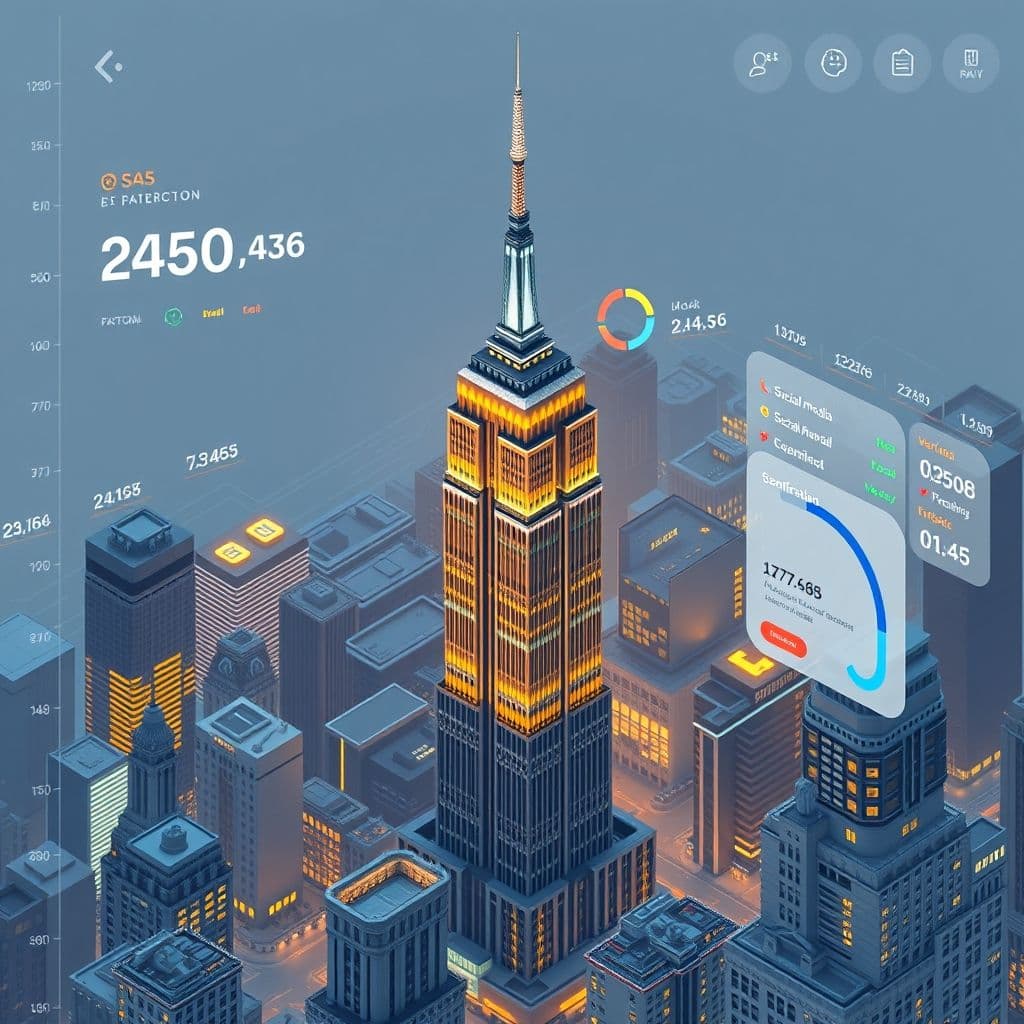TikTok Verification Woes: A SaaS Solution to Streamline the Process

TikTok's verification process has become a source of frustration for many creators. From unsolicited rejection emails to unclear requirements, the lack of transparency leaves users confused and demotivated. But what if there was a better way? Let's explore how a SaaS solution could revolutionize this process.
The Problem: Opaque Verification and Creator Frustration
TikTok's verification process is shrouded in mystery. Creators report receiving unsolicited rejection emails, being asked for personal documents like driver's licenses without clear reasoning, and facing inconsistent requirements. Comments like 'Wtf.. why are the requirements confidential?' and 'What is annoying is each variable that doesn’t meet the requirements is never stated probably' highlight the frustration. The process feels arbitrary, with some creators having prestigious media mentions and still failing to get verified.

SaaS Solution: Streamlining Verification with Transparency
Imagine a SaaS platform that acts as an intermediary between social media platforms and creators, specifically designed to simplify the verification process. This hypothetical tool would provide clear, step-by-step guidelines tailored to each platform's requirements. It could automatically check if a creator's documents meet the criteria before submission, reducing unnecessary rejections. The platform would also offer direct communication channels to resolve issues quickly, eliminating the guesswork from the process.
Key features might include: real-time requirement checklists, document verification tools, status tracking, and personalized feedback. For TikTok specifically, it could help creators understand why they might be getting rejected and what specific steps they need to take to improve their chances. The system could even flag potential phishing attempts, addressing concerns like 'But IS this email real? I got one from the same verified email address asking for personal info…'

Potential Use Cases and Benefits
This SaaS solution could benefit various users: aspiring influencers confused by verification requirements, established creators tired of opaque processes, and even small businesses trying to authenticate their social media presence. The platform could reduce the emotional toll of unsolicited rejections ('It’s like saying you're not invited to the party that you weren't going to go to') by providing constructive feedback instead of generic denials.
For multi-platform creators, the tool could standardize verification processes across different social networks. It might even incorporate AI to analyze a creator's profile and suggest improvements to meet verification standards, addressing complaints like 'Seems like 500k legit followers at least should earn someone a verified badge.'
Conclusion
The current state of social media verification, particularly on TikTok, leaves much to be desired. A dedicated SaaS platform could bring much-needed transparency and efficiency to the process, saving creators time and frustration. While this remains just an idea, it highlights how technology could solve very real pain points in the creator economy.
Frequently Asked Questions
- How difficult would it be to develop such a verification SaaS?
- The technical challenges would include integrating with various social media APIs, developing secure document verification processes, and maintaining up-to-date knowledge of each platform's changing requirements. However, the core technology for document verification and checklist systems already exists in other contexts.
- Would social media platforms cooperate with such a verification tool?
- While platforms might initially resist external tools accessing their verification processes, they might eventually see value in reducing the volume of verification requests and complaints. The SaaS could position itself as a quality filter, only sending them properly vetted applications.
- How could this SaaS prevent phishing attempts disguised as verification requests?
- The platform could maintain a database of legitimate verification processes and emails from each social network, allowing users to cross-check any communication they receive. It could also provide educational resources about common phishing tactics in the verification space.


